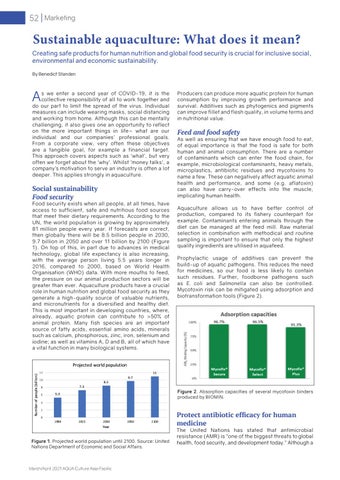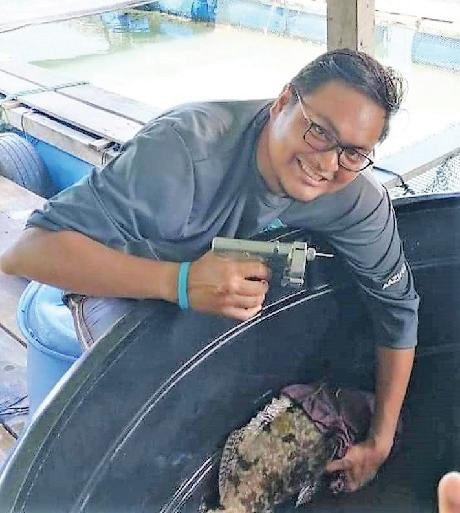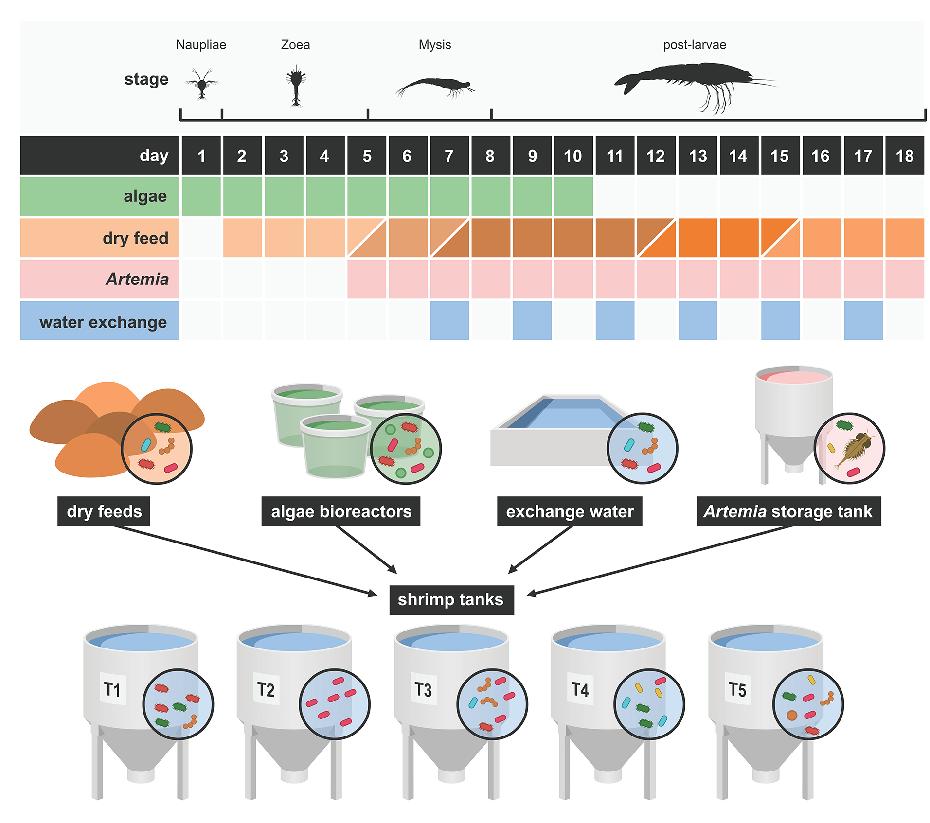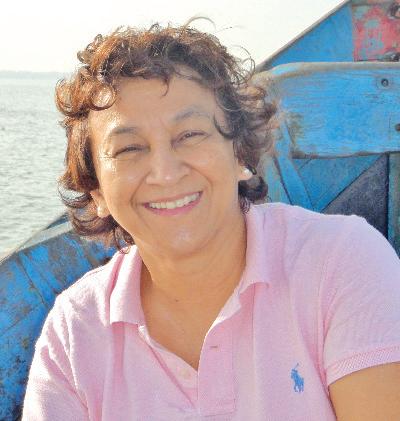52 Marketing
Sustainable aquaculture: What does it mean? Creating safe products for human nutrition and global food security is crucial for inclusive social, environmental and economic sustainability. By Benedict Standen
A
s we enter a second year of COVID-19, it is the collective responsibility of all to work together and do our part to limit the spread of the virus. Individual measures can include wearing masks, social distancing and working from home. Although this can be mentally challenging, it also gives one an opportunity to reflect on the more important things in life− what are our individual and our companies’ professional goals. From a corporate view, very often these objectives are a tangible goal, for example a financial target. This approach covers aspects such as ‘what’, but very often we forget about the ‘why’. Whilst ’money talks‘, a company’s motivation to serve an industry is often a lot deeper. This applies strongly in aquaculture.
Social sustainability Food security
Feed and food safety
As well as ensuring that we have enough food to eat, of equal importance is that the food is safe for both human and animal consumption. There are a number of contaminants which can enter the food chain, for example, microbiological contaminants, heavy metals, microplastics, antibiotic residues and mycotoxins to name a few. These can negatively affect aquatic animal health and performance, and some (e.g. aflatoxin) can also have carry-over effects into the muscle, implicating human health. Aquaculture allows us to have better control of production, compared to its fishery counterpart for example. Contaminants entering animals through the diet can be managed at the feed mill. Raw material selection in combination with methodical and routine sampling is important to ensure that only the highest quality ingredients are utilised in aquafeed. Prophylactic usage of additives can prevent the build-up of aquatic pathogens. This reduces the need for medicines, so our food is less likely to contain such residues. Further, foodborne pathogens such as E. coli and Salmonella can also be controlled. Mycotoxin risk can be mitigated using adsorption and biotransformation tools (Figure 2).
Projected world populution Number of people (billion)
Year
Food security exists when all people, at all times, have access to sufficient, safe and nutritious food sources that meet their dietary requirements. According to the UN, the world population is growing by approximately 81 million people every year. If forecasts are correct, then globally there will be 8.5 billion people in 2030, 9.7 billion in 2050 and over 11 billion by 2100 (Figure 1). On top of this, in part due to advances in medical technology, global life expectancy is also increasing, with the average person living 5.5 years longer in 2016, compared to 2000, based on World Health Organisation (WHO) data. With more mouths to feed, the pressure on our animal production sectors will be greater than ever. Aquaculture products have a crucial role in human nutrition and global food security as they generate a high-quality source of valuable nutrients, and micronutrients for a diversified and healthy diet. This is most important in developing countries, where, already, aquatic protein can contribute to >50% of animal Many fish species are an important Numberprotein. of people 1990 source 5.3 of fatty acids, essential amino acids, minerals 2015 such as7.3 calcium, phosphorous, zinc, iron, selenium and 2030 8.5 iodine; as 2050 9.7 well as vitamins A, D and B, all of which have a vital function in many biological systems. 2100 11
Producers can produce more aquatic protein for human consumption by improving growth performance and survival. Additives such as phytogenics and pigments can improve fillet and flesh quality, in volume terms and in nutritional value.
11
12 10
7.3
8 6
5.3
4
8.5
9.7
LOW RES
Figure 2. Absorption capacities of several mycotoxin binders produced by BIOMIN.
2 0
1990
2015
2030
2050
2100
Year
Figure 1. Projected world population until 2100. Source: United Nations Department of Economic and Social Affairs.
March/April 2021 AQUA Culture Asia Pacific
Protect antibiotic efficacy for human medicine
The United Nations has stated that antimicrobial resistance (AMR) is ”one of the biggest threats to global health, food security, and development today.” Although a









